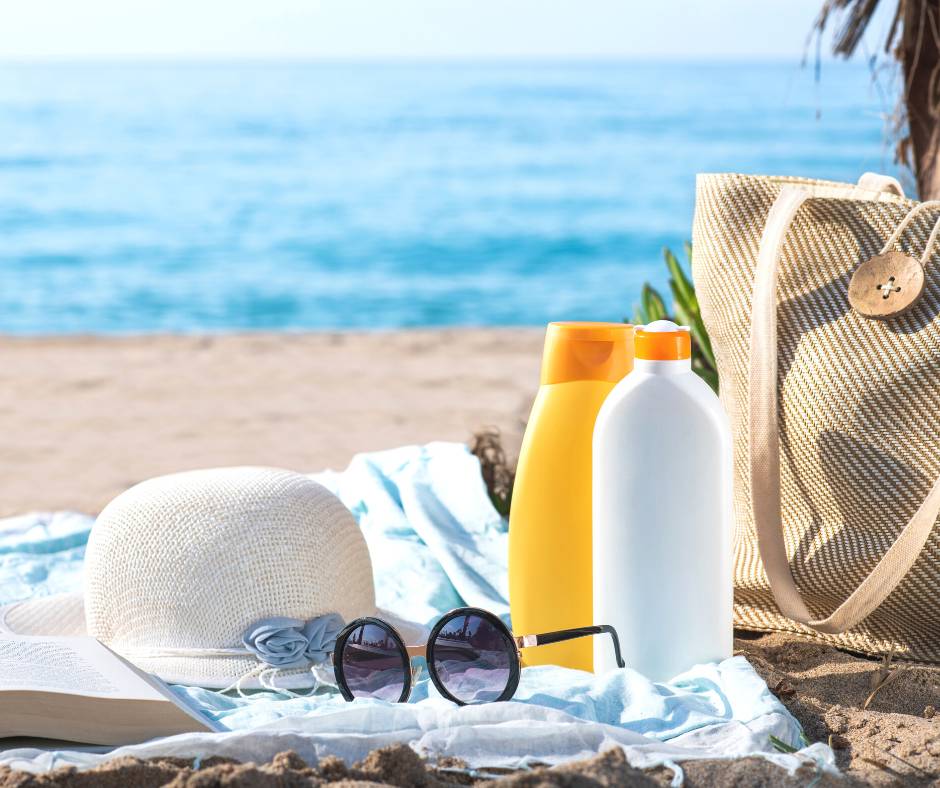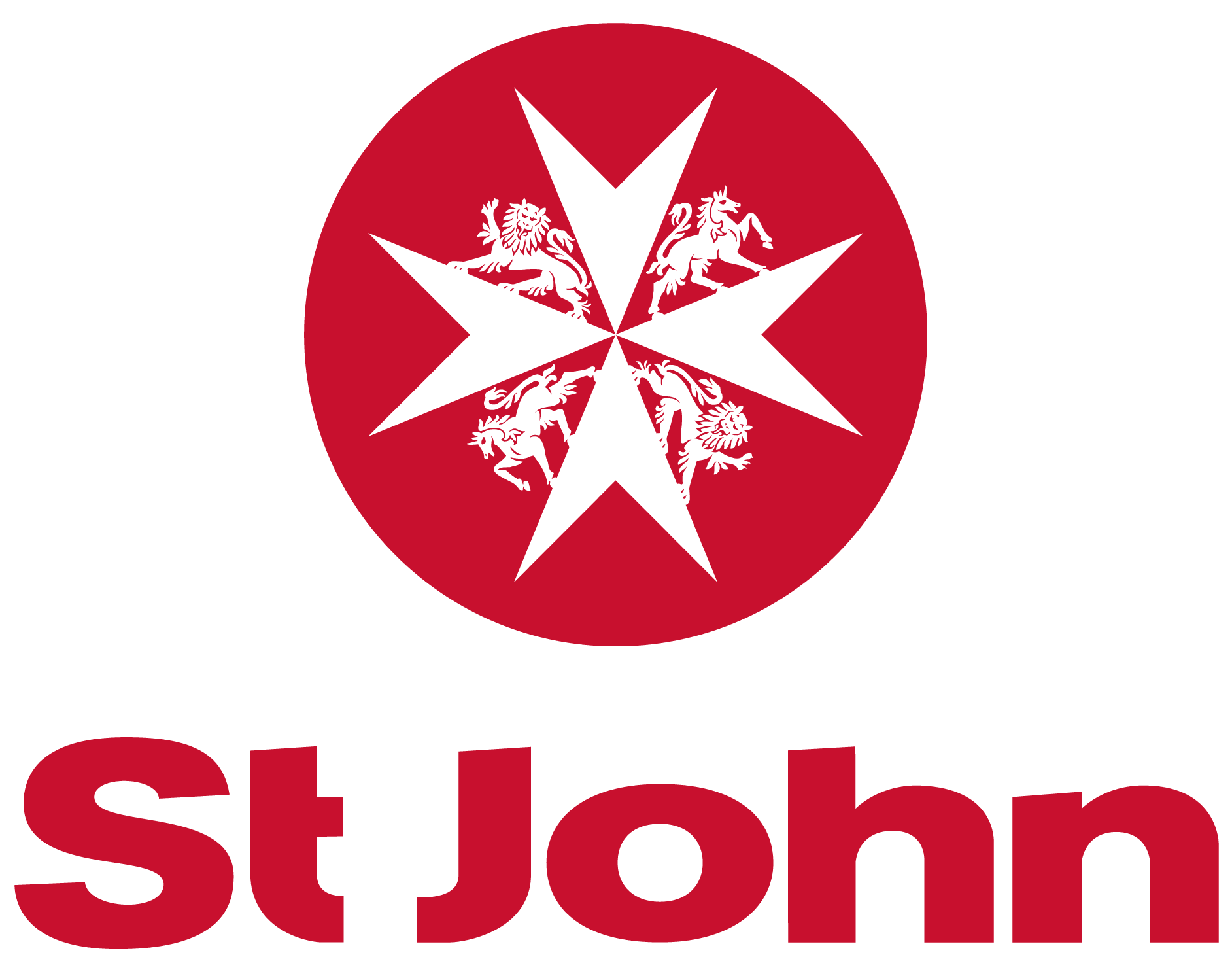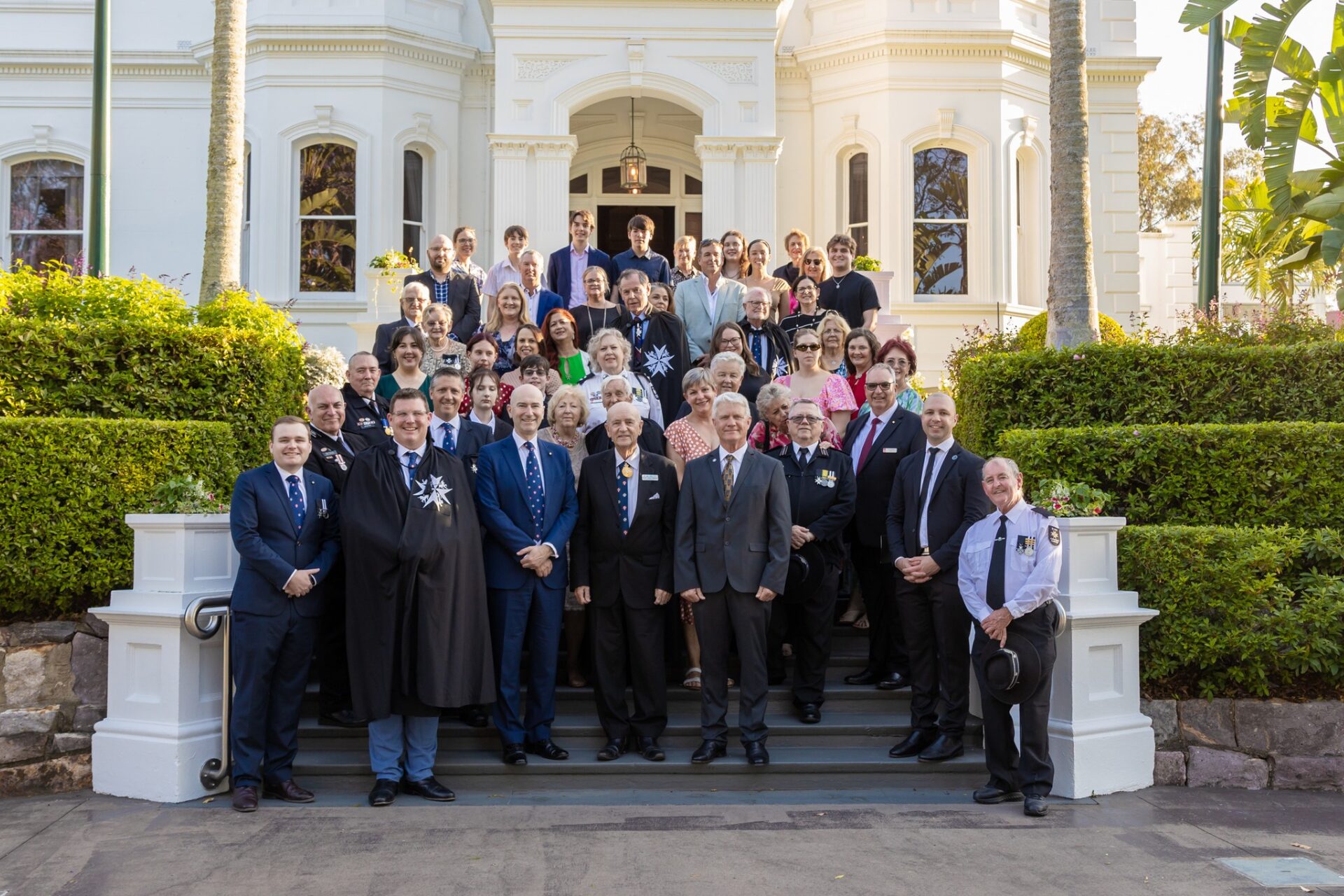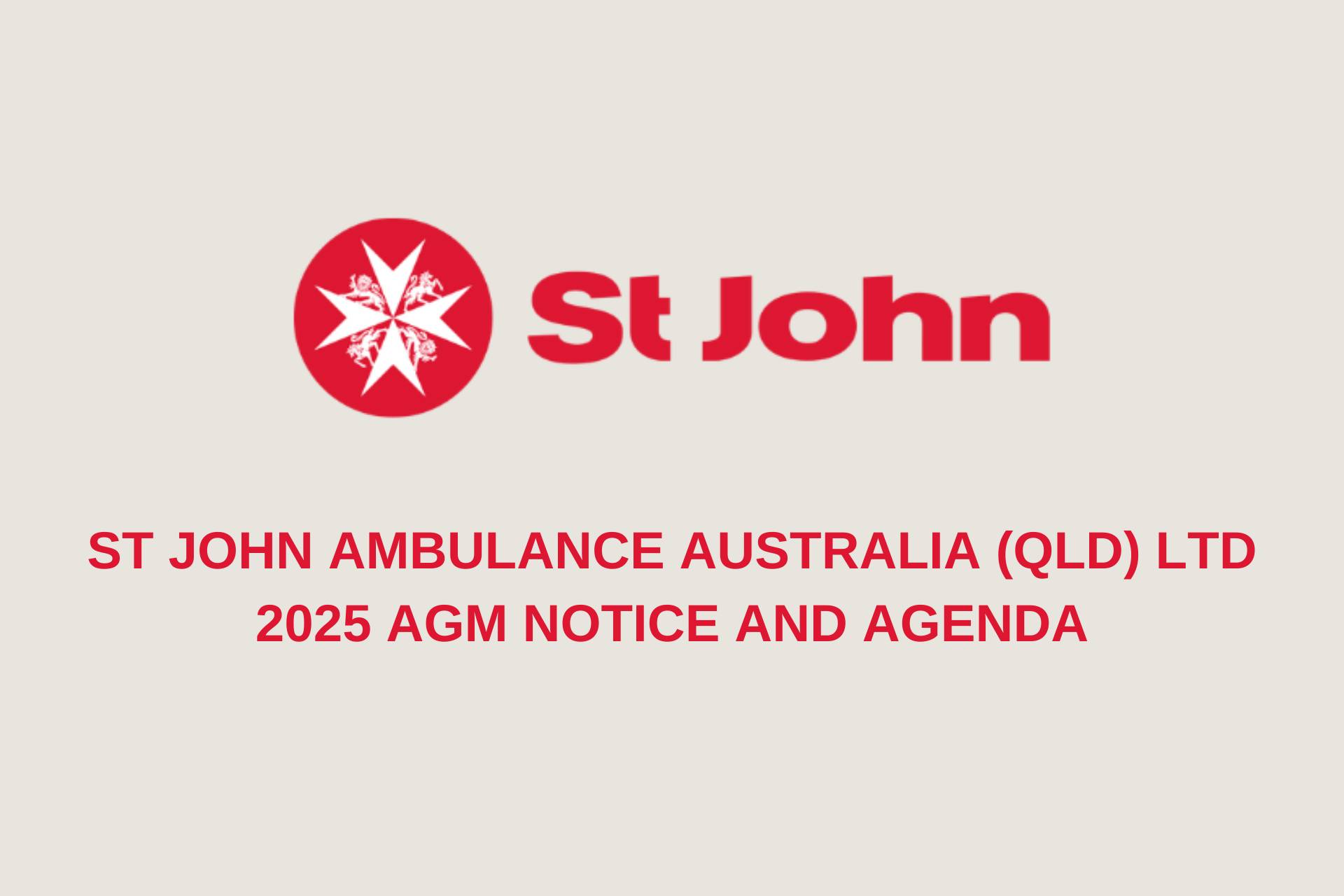The Importance of Knowing CPR Around Swimming Pools
With summer approaching, families are heading outdoors to enjoy activities like swimming, boating, and hanging by the beach. While most parents know that it’s important to put sunscreen and a hat on their child, how many would know what to do if they found their child submerged underwater and there was no-one there to help?

It was recently Swim Safer Week, a week that “advocates that swimming year-round, learning and abiding by vital water safety skills, and participating in the SwimSAFER Week will not only help kids become safer, smarter and stronger in the water, but in everyday life as well”.
In recent studies, data revealed that 66 Queenslanders, and nationally, 294 people drowned in 2020/2021. This is a 20% increase from the previous 12 months and alarmingly 80% of those were male. The data shows an increased number of drowning deaths around the country, and it appears people are getting more complacent regarding water safety. Whilst we can’t prevent all drownings from occurring, we can continue to educate people about how they can respond promptly and efficiently in an emergency situation.

In Queensland, swimming pools are a common place for accidents to occur. Whilst the Qld Government has introduced Pool Safety Laws which mandates the requirements to adhere to Pool Fencing, Safety Certificates, CPR signage obligations, it doesn’t stop accidental drownings, slips-trips-falls, and heart attacks which can easily happen around a swimming pool. In a public pool, there are designated lifeguards who can respond to an aquatic emergency, so who in your home could perform CPR?
The most important safety tool for a pool is CPR (Cardiopulmonary Resuscitation). CPR is a medical technique in which the administrator attempts to improve someone’s breathing and oxygen intake with chest compressions and breaths through the mouth. This is an extremely important procedure to learn, as it greatly increases one’s chance of survival.
Prevention is always better than a cure, but if someone does drown, knowing what to do in that moment can and does save lives every day. Provide Cardiopulmonary Resuscitation is an accredited course that lasts around 3 hours, which you should renew annually to learn this life saving skill.

St John Ambulance QLD provides the HLTAID009 Provide Cardiopulmonary Resuscitation course via a number of different delivery methods ranging from beginners to those reaccrediting annually. The course provides life saving skills in DRSABCD, providing rescue breaths and compressions and early access to and use of Automatic Defibrillators (AED)s. Learning the key Chain of Survival components of Early Access, Early CPR and Defibrillation and Early Advanced Care will dramatically increase the chance of survival from drownings. If you would like to book your course, go to the training pages, or reach out to our team – 1300 785 646.


